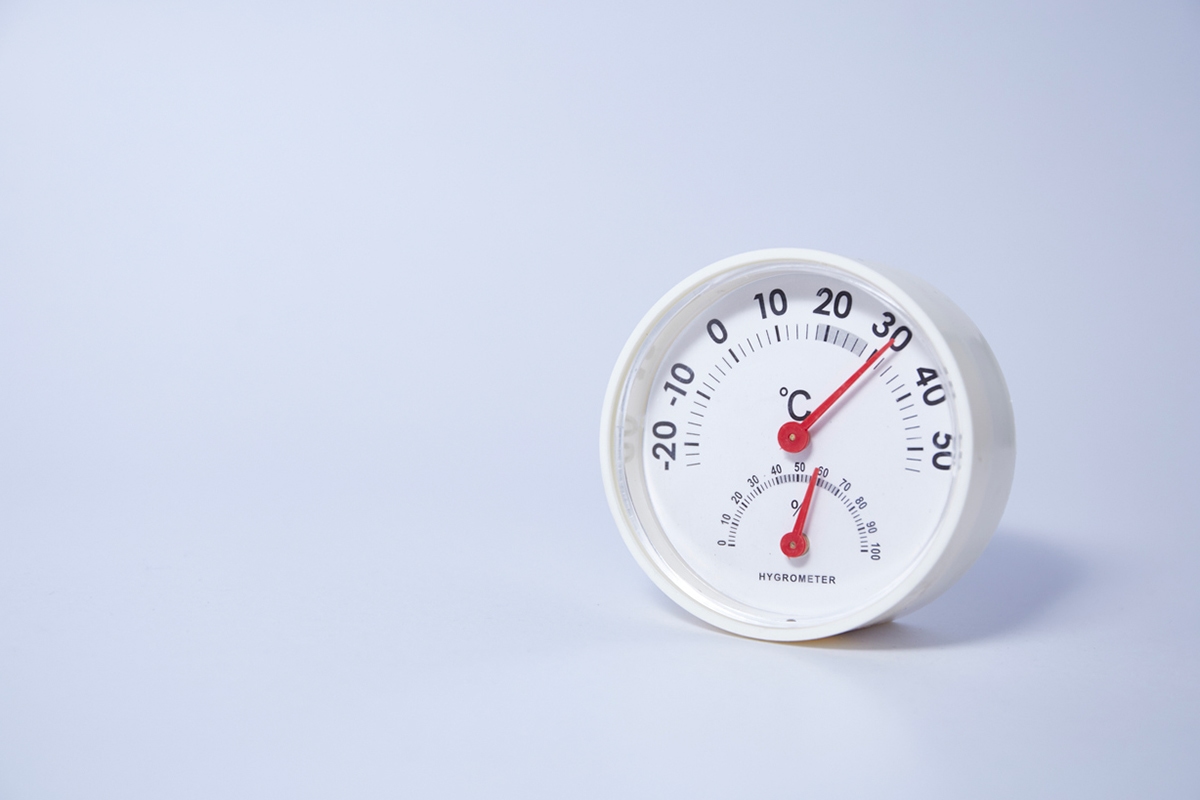No products
Blog Categories
Latest Posts
Leonardo da Vinci, at the origin of the creation of the hygrometer?
As you can imagine, hygrometry was the subject of various experiments before it was named and used for various purposes. It seems that the very first hygrometer was created in the 1400s and its inventor would be Leonardo da Vinci. Explanations.
What is a hygrometer?
If you are new to the world of tobacco and cigars, you may have some questions about the hygrometer. It is simply a tool to measure the moisture content in the air or a gas. Cigar lovers know this object very well because it is essential in a humidor, in order to maintain a constant and recommended humidity level of 72%. This allows to have perfectly preserved cigars with delicate aromas.
When was the first hygrometer created?
To shine at the coffee machine or around a cigar shared with friends, you can invoke the subject of the hygrometer and its creation. The very first crude hygrometer was created in the 1480s by Leonardo da Vinci. It was a rather imposing device, but it worked. Around 1664, Francesco Folli created a slightly more practical and simplistic model, and then in 1783 Horace Bénédict de Saussure, a Swiss geologist and physicist, created the hygrometer that we all know today. For the record, he used a human hair to measure humidity!
This is how mechanical hygrometers based on organic substances, in other words, on human hair, were born! When the relative humidity contracts or expands, the needle gauge moves.

Leonardo da Vinci is the inventor of the hygrometer
It is true that instruments for measuring relative humidity have greatly evolved since the first prototype created by Leonardo da Vinci. However, all the credit for the creation of this accessory goes to him.
Today's hygrometers are capable of measuring the amount of water vapor in the atmosphere very accurately, with a maximum margin of error of 2%. In addition to its essential use in cigar humidors, the hygrometer is also essential for knowing the humidity level of a home in case of respiratory diseases or allergies.

 en
en 



